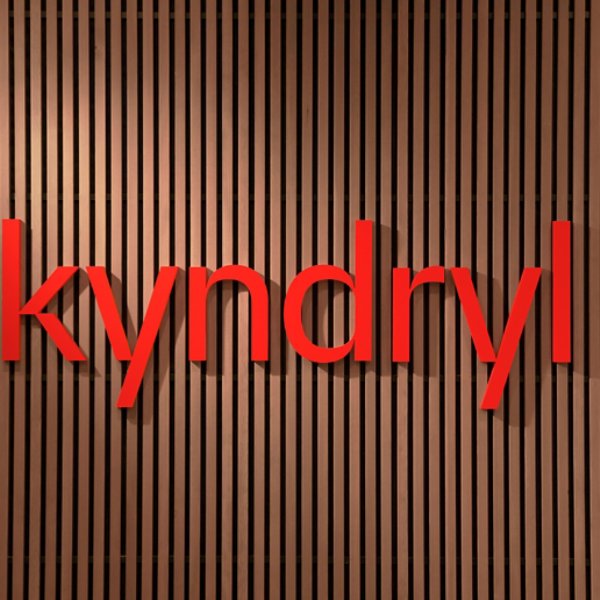While generative AI continues to present new opportunities, other IT trends will reshape industries and business decisions
Generative AI had a breakout year in 2023, with all indications that it will usher in even more ways to drive business growth in the coming months.
According to an International Data Corporation forecast, enterprise spending on generative AI solutions could reach $143 billion in 2027, up from $16 billion in 2023, with the world’s largest companies expected to allocate over 40% of their core IT spend to AI-related initiatives.
“Enterprises around the world will continue to investigate the opportunity to weave AI tools and solutions — including generative AI — into their broader modernization plans,” said Nicolas Sekkaki, Global Practice Leader for Applications, Data and AI at Kyndryl. “The consensus is that the potential of generative AI far outweighs the risk. Still, C-suite leaders are mindful of risks, and even as they push to test and innovate, there will be a lot of conversation and consulting work around maintaining privacy, IP protection, stopping data leaks and harnessing costs.”
However, other trends — like smart cloud strategies, using technology for climate progress and bolstering security and resiliency systems — also will define the tech landscape and decision making in the year ahead.
Below, Kyndryl’s global practice leaders share their perspectives on the top trends and the steps organizations can take to navigate 2024.


